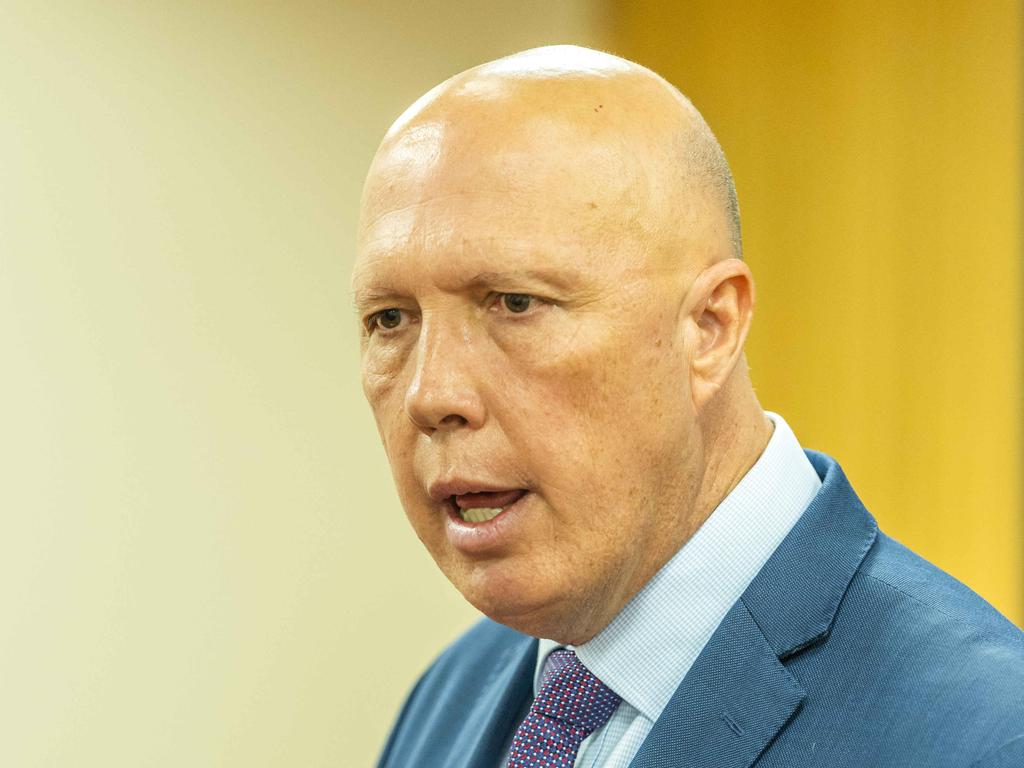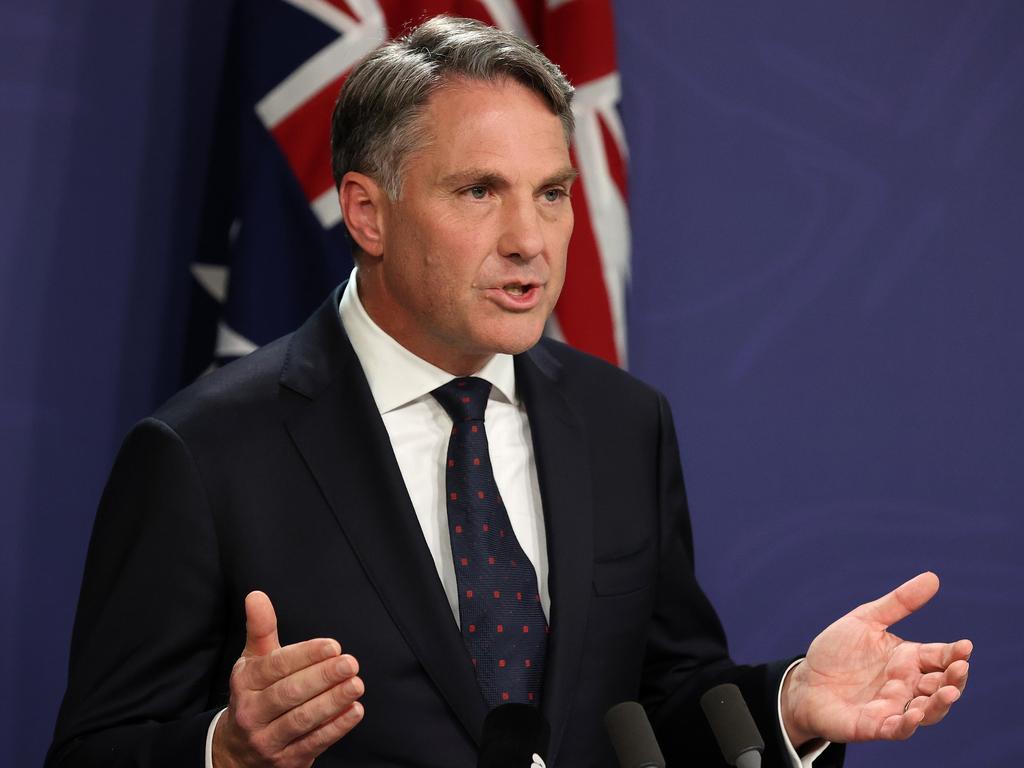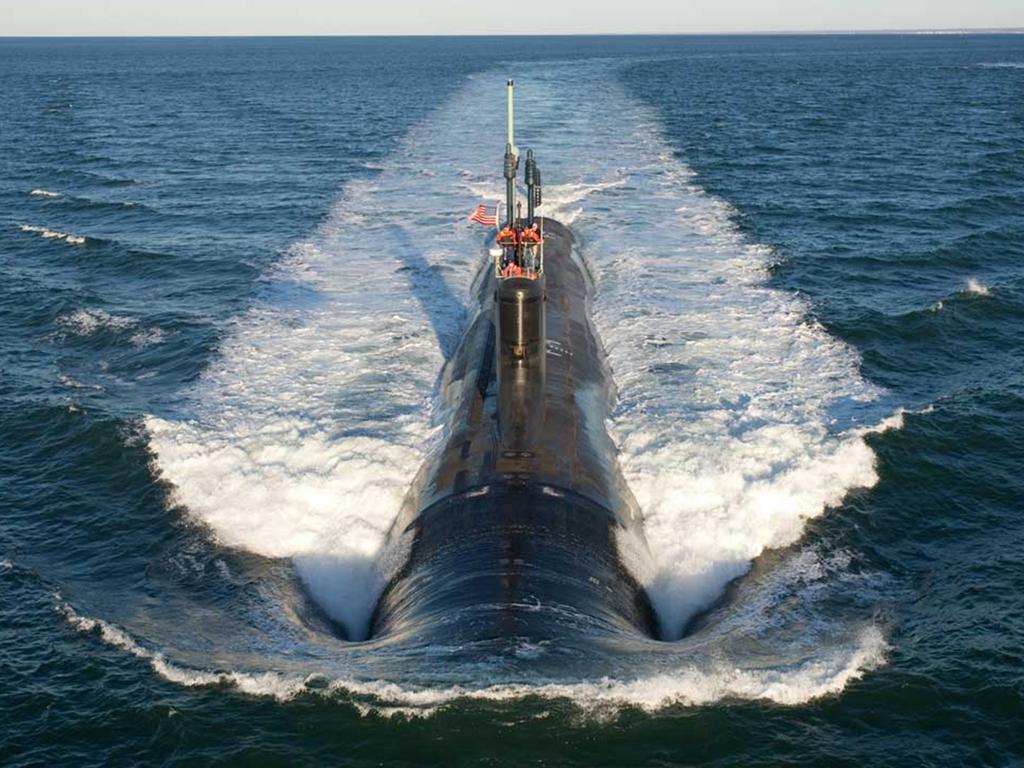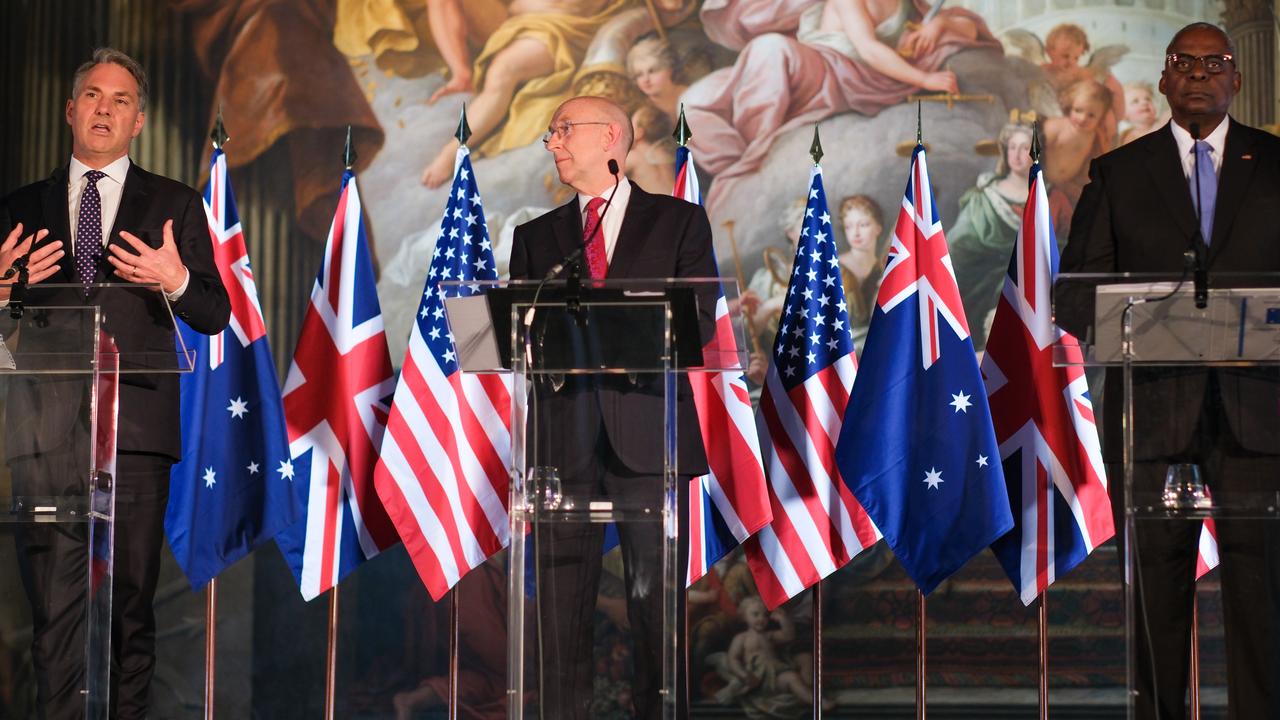Nuclear submarines face cost blowouts, delays warns US report
A top shelf US government report has cast doubt on Australia’s chances of securing nuclear-powered vessels before 2030 as part of the AUKUS security pact.

A top shelf US government report has warned of cost blowouts, maintenance backlogs and delays in the construction of US attack submarines that casts doubt on Australia’s chances of securing the nuclear-powered vessels before 2030 as part of the AUKUS security pact.
A series of reports by the Congressional Research Office published in Washington this week stressed the US Navy’s desire to secure 10 Virginia Class submarines of its own over the next decade, the same class of attack submarine observers expect Australia to acquire.
“When procured at a rate of two boats per year … Virginia-class SSNs have an estimated procurement cost of about US$3.6 billion per boat,” the report said, a figure that suggests estimates Australia’s eight nuclear powered submarines promised under AUKUS could be much cheaper than the US$100bn plus estimates that have been warned of by the Australian Strategic Policy Institute.
“Some observers have expressed concern about the industrial base’s capacity for executing such a workload without encountering bottlenecks or other production problems in one or both of these US programs,” one of the reports, published on18th July, went on.

The reports, authored by defence experts, emerged at a critical time in negotiations between Australia, the US, and UK, which together signed the AUKUS security pact in September last year to enhance military and intelligence co-operation, including the provision of eight nuclear powered submarines for Australia using either UK or US technology.
“Delays in deploying SSNs can put added operational pressure on other SSNs that are available for deployment,” report said, citing the potential for “capacity-related maintenance backlogs”, a “shortage of spare parts”, and “problems with hull coating”.
“Most Virginia-class boats procured in 2019 and subsequent years are to be built with the Virginia Payload Module, an additional, 84-foot-long, mid-body section equipped with four large-diameter, vertical launch tubes for storing and launching additional Tomahawk missiles or other payloads,” it added.
Defence Minister Richard Marles, who returned from Washington last week where he met with senior US defence officials, has been at loggerheads with former defence minister and opposition leader Peter Dutton, who helped negotiate AUKUS, over the likely timetable of the arrival of the first submarine.
Mr Marles, who has stressed UK designs remain an option, has suggested the 2040s are more likely than the 2030s, which Mr Dutton has said is possible.
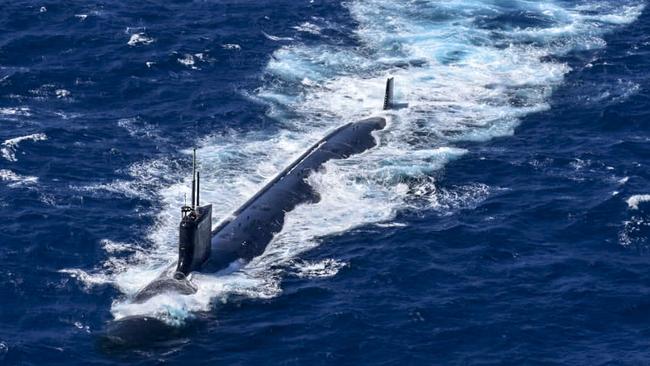
A spokesman for a congressman close to the AUKUS deal, who spoke strictly on background, said the report didn’t imply Australia would be left in the lurch.
“Issues regarding shipyard availability were on the Navy’s and Armed Services Committee’s radars before AUKUS and Australia hasn’t even selected a design yet,” he told The Australian.
“The past several defence force funding envelopes have seen us make some serious investments to grow and build-out our existing shipyards to accommodate more US Navy submarine construction — and to keep growing our domestic submarine manufacturing workforce”.
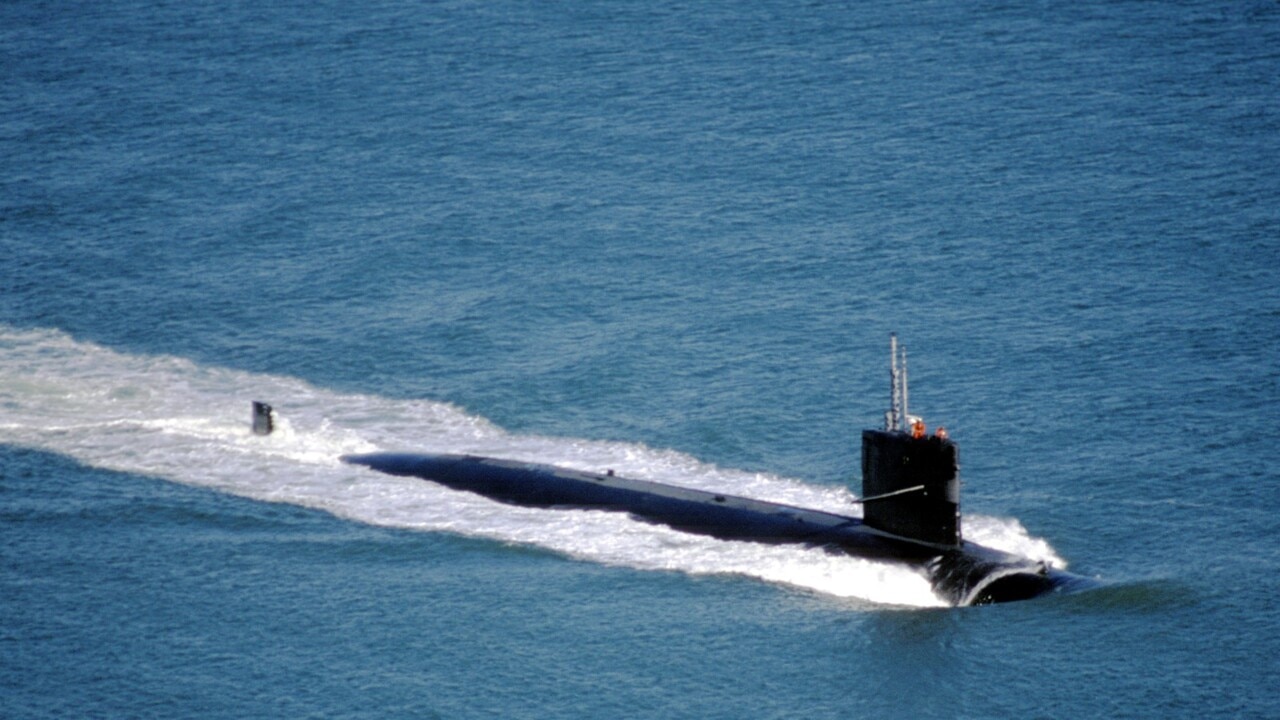
Since 2016, the US Navy, which has acquired 36 Virginia attack submarines since 1998, has been working towards a goal of 355 manned ships, including 66 attack submarines, and intends to procure between 1.76 to 2.24 such submarines a year until 2052 as part of a push to boost US defence capability to match China’s growing military power.
Mr Marles, who has promised a comprehensive defence posture review over the next 12 months, said the government will reveal the design and timeline of the submarines, some of which are meant to be built in Australia, in the first quarter of next year.
Congress last week past the 2023 National Defence Authorization Act, which included for the first time in the US funding specifically for AUKUS.
“If AUKUS is to ultimately succeed, it’s going to require the help of Congress to enable the integration of technology between our three nations, to bolster collaboration between our industrial bases, and to synchronise our naval proficiencies,” Congressman Joe Courtney said in a statement.
The US legislation required the Secretary of Defence to establish a training program for Royal Australian Navy submarine officers to begin training at Navy Nuclear Propulsion School en route to being assigned to duty on a US submarine.
It also include Australia and the UK in the definition of “domestic source” under the YUS Defence Production Act, which will expand access to critical minerals for Australia and the UK with a view to increasing the integration of the three defence forces.
The reports come amid mounting concern the US is falling behind in military spending and capacity in relation to China. Congress, which alone determines US military budget, pencilled in US$773bn for US defence spending in 2023, US$37bn more than President Joe Biden had requested.


